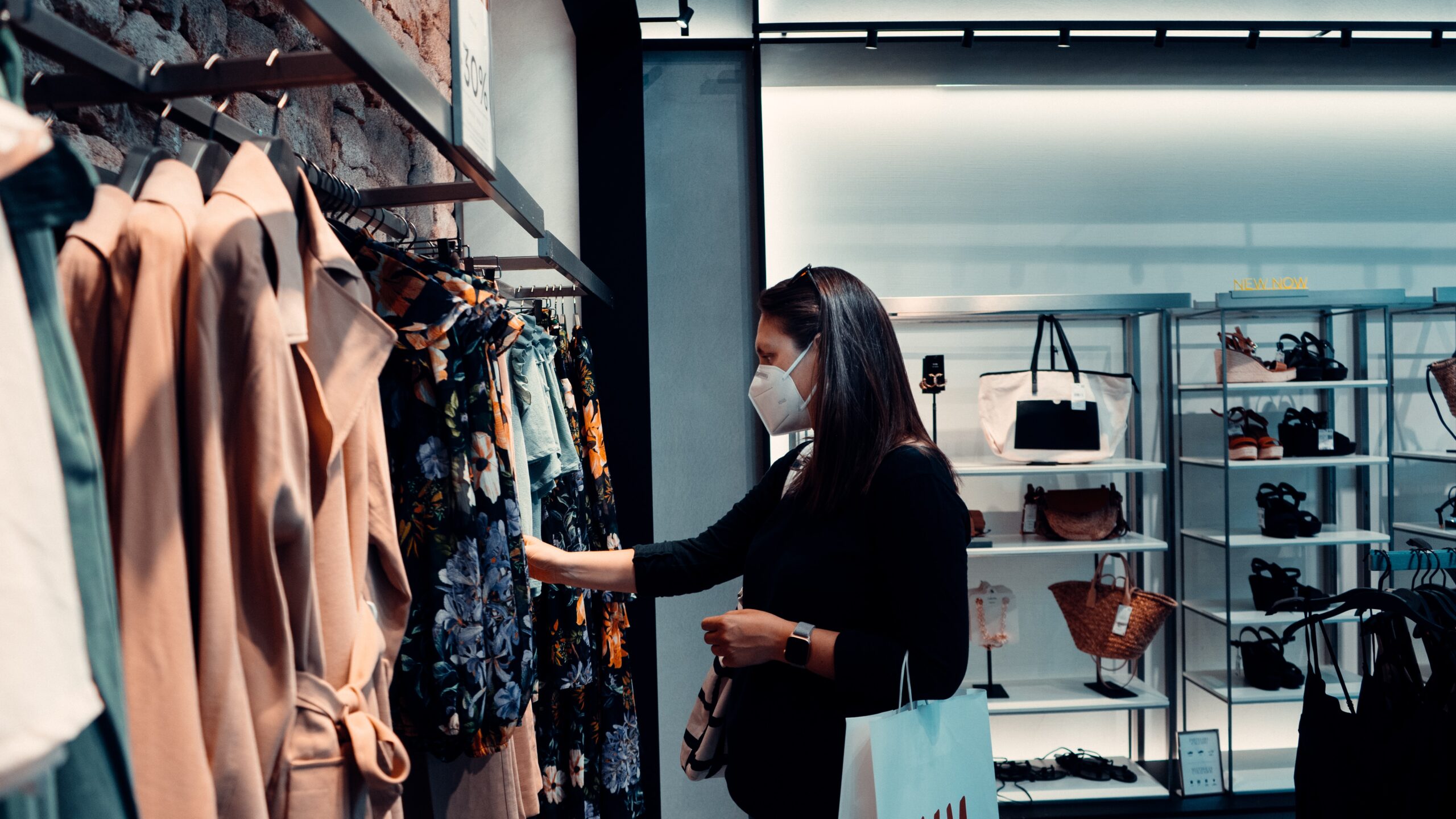UK retailers are facing unprecedented challenges. Even before the pandemic, brick-and-mortar retailers were struggling to attract shoppers to their high street branches. In fact, towards the end of 2019, research found that the number of customers across all shopping destinations had declined by 10% in the last seven years.
And even since stores reopened and emerged from within the constraints of lockdown, footfall continues to suffer. At retail destinations in London and other major cities, footfall in August was 31% lower than the same period last year. Clearly, consumers have not yet regained the confidence to return to their favourite retail destinations.
So, why has footfall continued to decline post-lockdown? According to a recent YouGov survey, half of Britons say they would feel uncomfortable visiting an enclosed retail space. The result? A number of household brands including Burberry, John Lewis and Boots all announcing store closures and job losses. And to add to the difficulties, the UK is expecting a deeper recession than initially anticipated, meaning consumers will be spending less than usual. In order to survive, retailers must look to empathise with their consumer base and adapt their strategies to meet the needs of their customers.

Adapting to changing consumer behaviour
International lockdowns have completely transformed the way we shop and has left consumers with no choice but to look to online retail – and this behaviour will not be changing anytime soon. Footfall is yet to return to its pre-lockdown figures as both locals and tourists continue to stay away from the high street.
But even when shoppers are visiting shops, today’s in-store experience is so vastly different to the one consumers were used to prior to the pandemic, and many of the perks of visiting a physical store have been diminished. Browsing, trying items on and shopping in groups are all things of the past – for the time being at least – as brands look to adhere to health and safety measures.
Retailers need to come to terms with the fact that online retail is the new normal, and brands must adapt their retail strategy to reflect this. Investing in omnichannel experiences and a strong e-commerce platform are now more than ever absolute essentials.
Technology innovations will drive the retail sector
Although customer behaviours have changed and more shoppers are looking to make purchases online, consumers still need support when it comes to ‘considered purchases’ that often involve more complex products, or products that hold an emotional value to the individual. Historically, online customer service has been centred around helplines and chatbots. But it has now evolved significantly as a number of businesses monetise new technologies such as live-video solutions and AR to improve their customer offering.
Technological innovations around enhancing online customer experience, such as live-video, have been essential for considered purchases such as cars, consumer electronics or sofas. In these scenarios, customers can benefit from engaging with a highly trained human product expert who can understand a shopper’s requirements and guide them to the best product.
Live-video solutions offer retailers a means to maintain sales at a time where shoppers may not be visiting stores to the same extent that they would previously. In fact, the technology can drive huge rewards for retailers with one brand recently succeeding in securing 70% of lost in-store sales, online. By connecting an in-store expert to consumers shopping from the safety and comfort of their own homes, consumers feel empowered to make purchasing decisions from a distance.
The unpredictability the retail industry has seen over recent months is not expected improve just yet. However, customers will continue to rely on online platforms as a safer and more efficient way of shopping for non-essential items. The future of the retail industry therefore lies in the hands of technology. Brands should look to invest in their online channels to ensure they can meet the expected customer experience. Otherwise, shoppers will look to other retailers who can meet their needs and leave those who can’t suffering in the face of uncertainty.
















